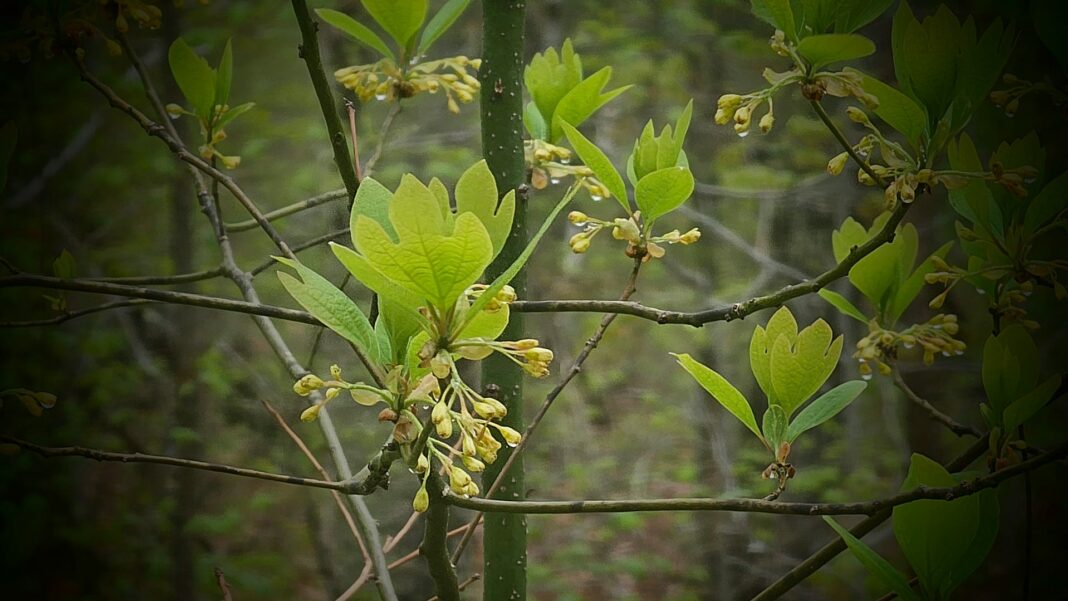The sassafras (Sassafras albidum) isn’t just another tree on my homestead. Its fragrant branches reaching towards the sky whisper stories of my ancestors. Each vibrant leaf, each twist of its bark, embodies the traditions and remedies passed down through generations. This connection to nature, symbolized by the sassafras’s aromatic essence and fiery fall foliage, burns brightly within my heart.As a woman of indigenous (Nipmuck) heritage, studying sassafras feels like reclaiming lost chapters of my family’s narrative. Every leaf unfolds a hidden tale, every root burrows into the rich soil of history. Sassafras (Sasaunckpamuck) played a vital role in our past, from adding zest to meals to offering solace in times of illness, a testament to the wisdom passed down through generations.My exploration of this native tree is more than an academic pursuit; it’s a deeply personal mission to honor and revive the knowledge of my ancestors. Whether it’s the culinary magic of its leaves or the healing secrets nestled within its bark, sassafras remains a wellspring of inspiration and well-being. By delving into its multifaceted benefits and sharing them with others, I strive to keep this precious link alive, ensuring the legacy of the sassafras, like the tree itself, endures for generations to come.Etymology and Historical SignificanceThe name “sassafras” was likely derived from the Spanish adaptation of Native American terms, reflecting the deep cultural roots and indigenous knowledge of the plant. For instance, the Nipmuck peoples, among others, referred to it as “Sasaunckpamuck.” This underscores the significance of sassafras in native cultures long before European settlers became aware of its uses.When Europeans, including the Spanish, first encountered this native tree in the 16th century, they were captivated not only by its aromatic qualities but also by its reputed medicinal properties. Early records, such as those by Thomas Hariot, reveal its immediate popularity and its importance as an export back to Europe. Sassafras quickly became a familiar sight in European apothecaries, valued both for its health benefits and its exotic appeal.


